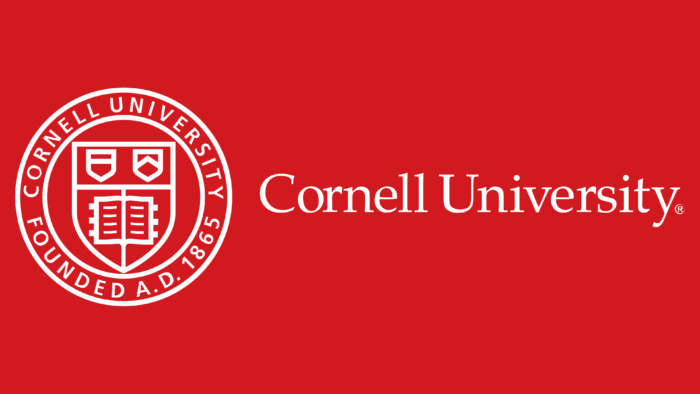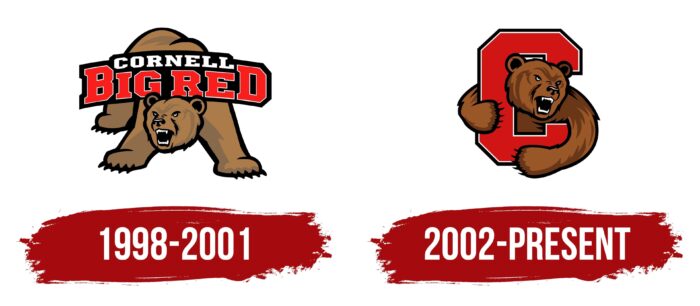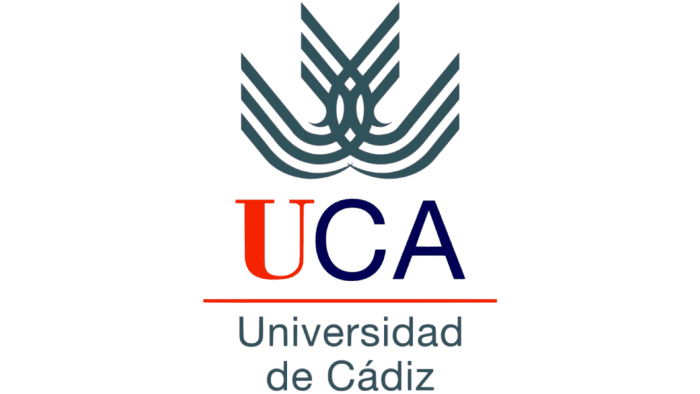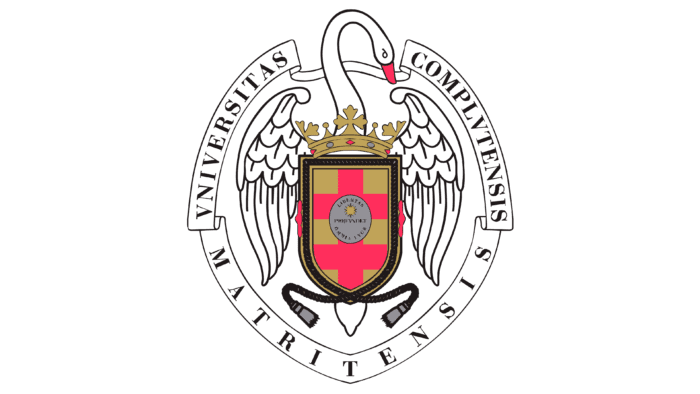The fact that the university directs student activity in the right direction says the logo of Cornell University. Teaching is focused on obtaining specialized knowledge, so graduates are the best specialists in their chosen fields of science.
Cornell University: Brand overview
Cornell University is an American institution of higher learning that ranks among the top universities in the world in terms of scientific and methodological publications. Despite being a private university, it is not affiliated with sectarian, racial, or other communities. In addition to seven colleges and seven graduate departments, the institution additionally operates two medical campuses, one of which is overseas. The university has more than 15,000 undergraduate and 9,000 graduate students from 119 countries and 50 U.S. states. The university has produced 61 Nobel laureates and 63 Olympic medalists. In addition, the university has a Big Red athletic department with 35 teams. The founders of the university are Ezra Cornell and Andrew D. White. The university is located in the city of Ithaca, New York. The year of founding is 1865.
Meaning and History
After the official signing of the decree establishing the university, the search for land suitable for construction began. To erect it, Ezra Cornell, a former senator, provided his farm and $500,000 as a down payment. He invited his friend, historian, and educator, Andrew D. White. He supervised the work and traveled, advertising the future institution and inviting students and faculty. The opening took place in 1868. At that time, it had 412 students enrolled.
Today, Cornell University is famous for the architecture of unusual buildings. Some of them are even included in the list of the most beautiful buildings in the United States. For example, the main campus is characterized by architectural eclecticism: it combines Gothic, Victorian, neoclassical, and modernist styles. Each has several dormitories, tanhouses, classrooms, libraries, and more, creating a comfortable environment for students and faculty.
At the same time, it is a non-profit organization governed by a board of trustees. It includes representatives of not only private but also public structures. In total, there are 64 people. They control all processes. However, the university administration is responsible for the identity. Traditionally, it includes the university seal, emblem, and sports logo.
The university-wide emblem includes a smaller seal. It is identical to the main seal but does not have double outlines – all elements consist of single lines. The structure of the emblem is almost similar to the prototype, as the miniature shields in the upper part have completely different images. One of them shows a dividing stripe; on the other – an angle forming a rhombus. To the right of the badge, some distance away, is the phrase “Cornell University.” It is typewritten. The letters are thin, with needle serifs. The letters “C” and “U” are uppercase, and the rest are lowercase.
The Seal
The seal has a round shape and a complex structure. In the center, there is a quadrangular shield with a sharp base. It is divided into two parts: a rectangle and a flattened triangle. In the upper part, there are two more shields of the same kind: on the right – painted stripes, and on the left – a schematic landscape with the sun, water, a mountain, and a three-masted sailing ship. In the lower part is an open book divided by a vertical stripe into two halves. The main shield is surrounded by a double ring of thin and wide stripes, followed by the name of the university and the year of its appearance. The inscription is in outline hollow font. A double border runs along the edge.
Cornell Big Red Logo
Cornell University in New York has 36 varsity teams and many club sports. They are all part of the Cornell Big Red faculty and compete in NCAA Division I. They primarily compete in the Ivy League, although there are exceptions: some teams are members of the EIWA, MAISA, EAWRC, EARC, NIWFA, ECAC Hockey, and other conferences. The name Cornell Big Red was adopted in 1905 when an alumnus composed an anthem for the players. One line referred to the athletes as the “Big Red team” because of the bright color of their uniforms.
1998 – 2001
The university has no official mascot. Instead, it has an ancient symbol, a bear nicknamed Touchdown. He is depicted on the athletic department’s emblem. From 1998 through 2001, he was depicted in a menacing pose. The wild animal stood with his front paws spread wide and the Cornell Big Red logo draped across his shoulders. The designers worked on the font, choosing the original version with rectangular serifs and black lettering.
2002 – today
In 2002, the old logo was replaced with an alternative design. In its place appeared a storyline drawing of a bear. The animal growls menacingly and looks out from behind the letter “C,” embracing it with two paws. This suggests that the unofficial mascot selflessly protects the team, symbolizing fearlessness and strength. The artists approached the choice of color with special care. They used different shades of brown (for the bear’s fur) and red (for the lettering), complemented by neutral white.
Cornell University: Interesting Facts
Cornell University, a member of the Ivy League in Ithaca, New York, is celebrated for its esteemed programs, diverse community, and groundbreaking research.
- Founding Principles: Founded in 1865 by Ezra Cornell and Andrew Dickson White, the university was built on offering education in any field to anyone, fostering a culture of inclusion and diversity.
- Unique Ivy League Feature: Cornell stands out in the Ivy League as New York State’s land-grant institution. Its dedication to serving the public and emphasis on the practical use of learning and research shows.
- Diverse Academic Offerings: With over 100 departments and nearly 80 undergraduate majors, Cornell promotes a wide-ranging, interdisciplinary education, staying true to its founding mission.
- Cornell Tech Campus: Beyond Ithaca, Cornell has a tech campus in New York City, Cornell Tech, which has focused on innovation and connected the university with the tech industry since 2017.
- Veterinary Medicine Trailblazer: Established in 1894, Cornell’s College of Veterinary Medicine is among the nation’s best. It was the first in the U.S. to award a veterinary degree.
- Hospitality Education Pioneer: The Cornell School of Hotel Administration, started in 1922, was the first to offer hospitality management education and remained a leader.
- Library Science Innovator: Cornell University Library is a leader in information science, boasting one of the largest academic research libraries in the U.S., with over 8 million volumes and extensive digital resources.
- Commitment to Sustainability: Cornell aims for carbon neutrality by 2035 and is advancing renewable energy projects, such as developing a geothermal system for campus heating.
- Entrepreneurial Spirit: Cornell encourages student entrepreneurship through resources like eLab, a startup accelerator, and various competitions, fostering a culture of innovation.
- Rich Traditions: The university is known for unique traditions like Dragon Day, which celebrates the end of winter with a student-made dragon parade, and Slope Day, a spring concert on Libe Slope.
- Home to Nobel Laureates: Over 50 Nobel laureates are linked to Cornell, underscoring the university’s role in fostering research and excellence.
Cornell University combines a rich history with a commitment to inclusion, educational leadership, and research, marking its distinct place in higher education.
Font and Colors
All three of Cornell University’s main visual identity marks have in common the color red. Two of them also have a circular element with identical content. They differ in the number of lettering: in the printed mark, there are two, while in the academic logo, there is one.
The main font of the university badge is Palatino. This is a classic font with serifs. An additional sans serif variant is called Freight Sans. The main colors of the university are carnelian red and white background.
Cornell University color codes
| Carnelian | Hex color: | #b31b1b |
|---|---|---|
| RGB: | 179 27 27 | |
| CMYK: | 0 85 85 30 | |
| Pantone: | PMS 485 C |









